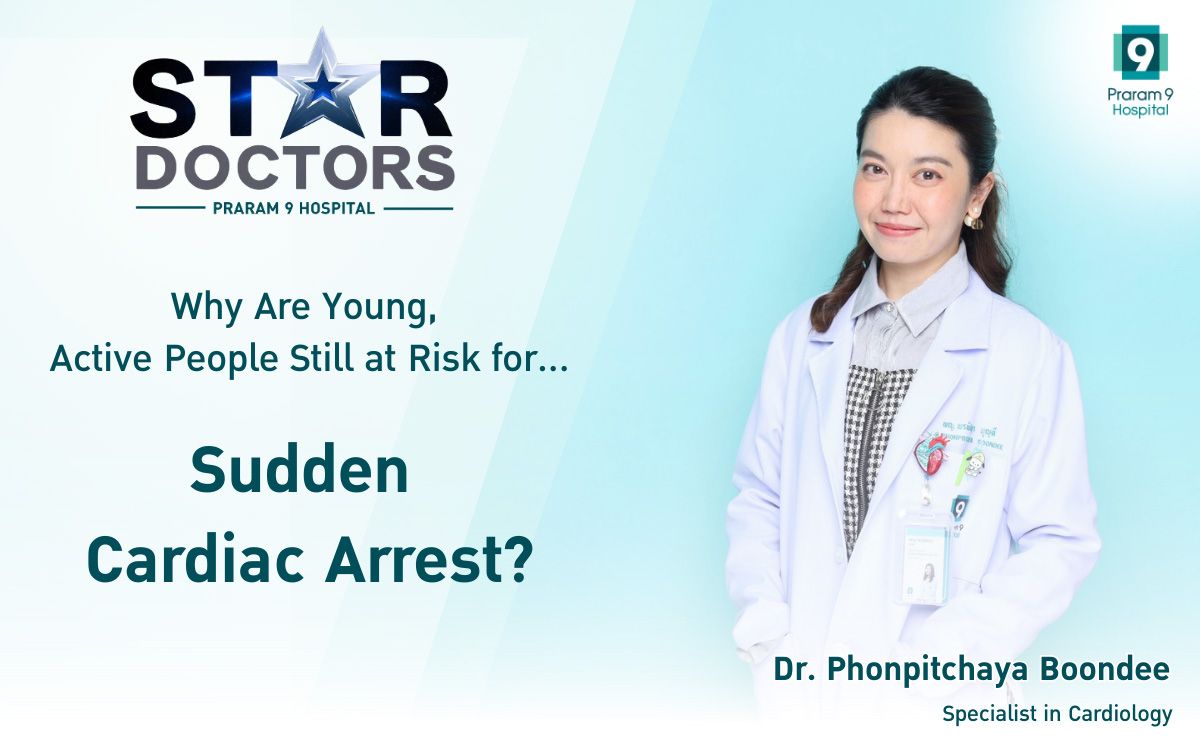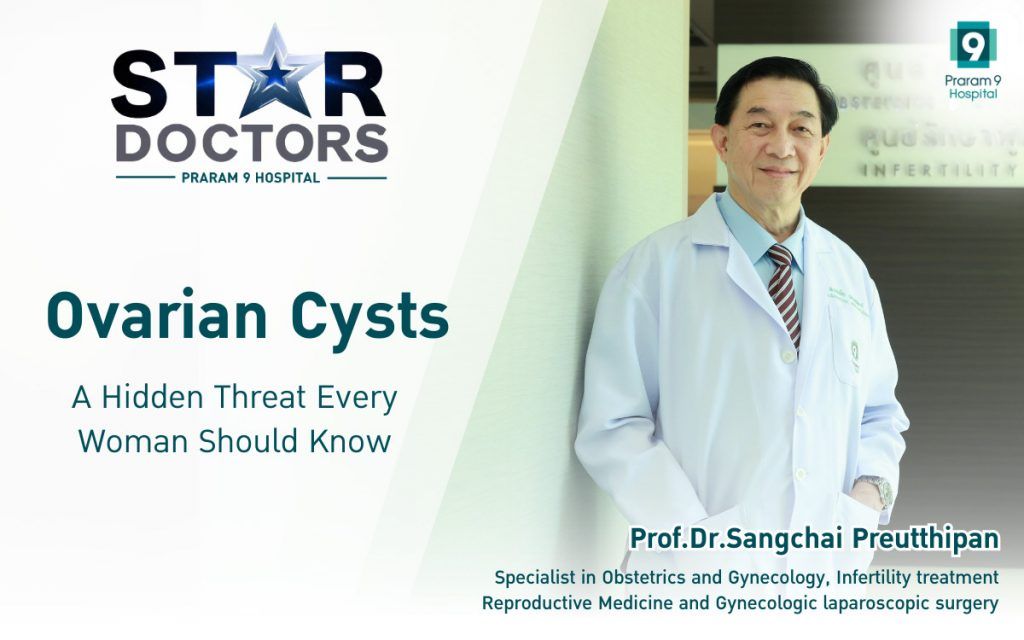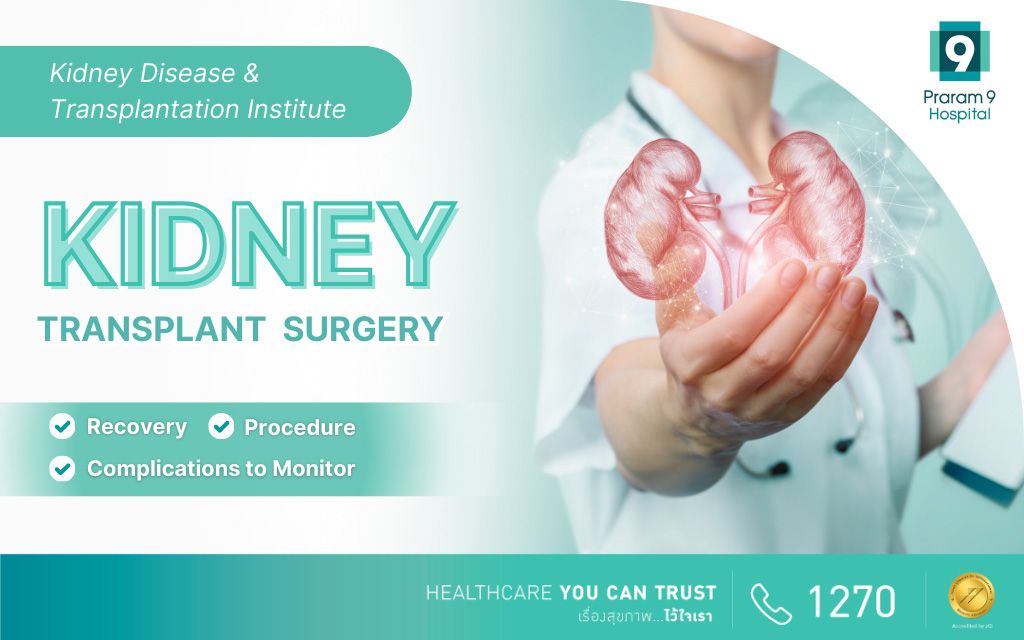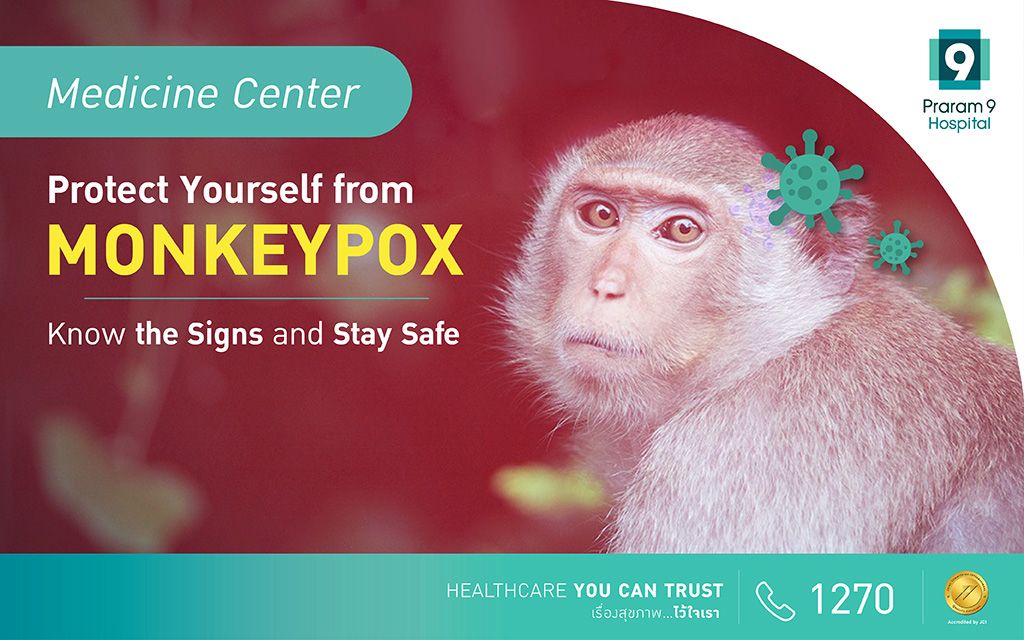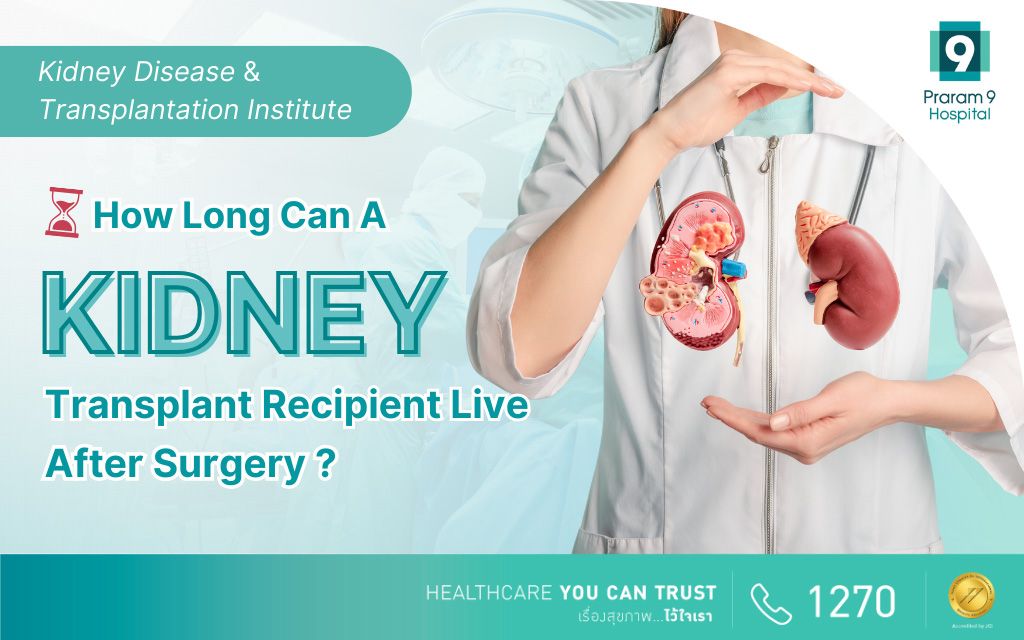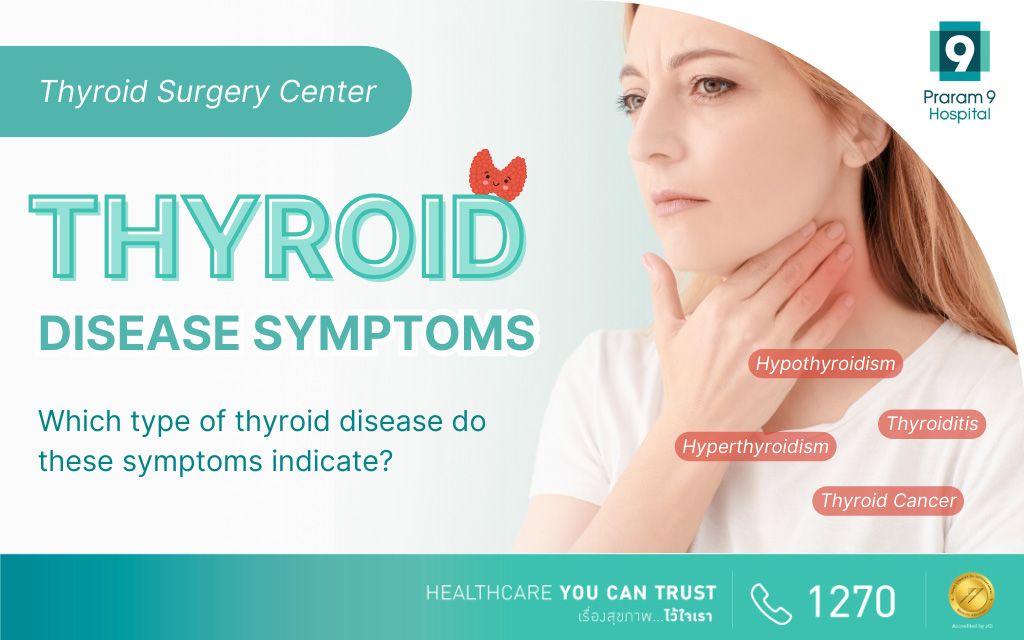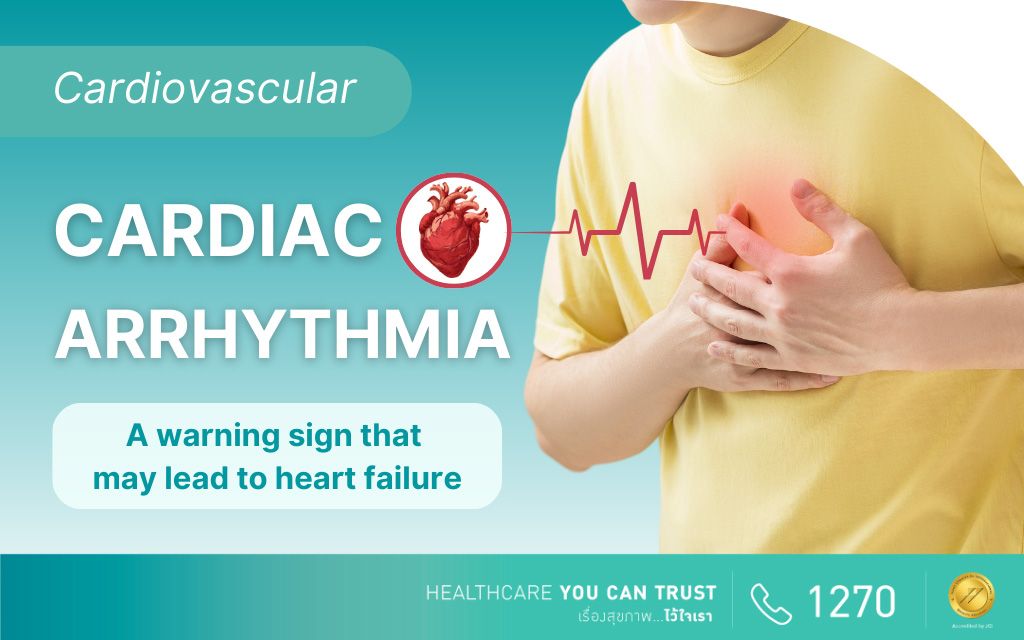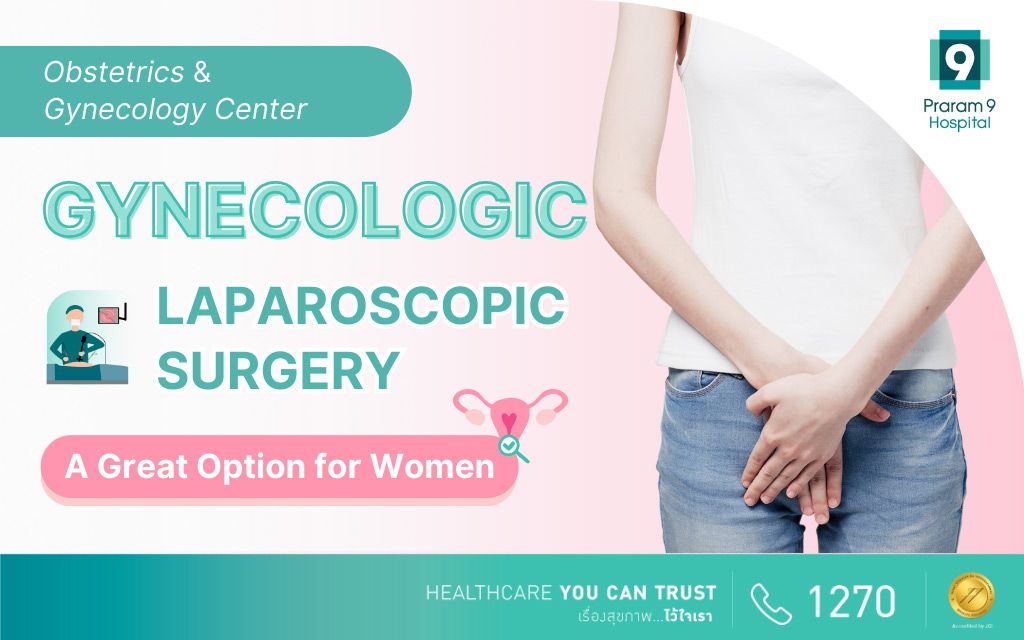Health Articles
Knowledge
Test your heart with techonology

Test your heart with technology
The process of checking our hearts and lung through X-rays and electrocardiogram (ECG) are only basic level procedures. Even though ECG is capable of detecting any cause for concern regarding our hearts such as the rhythm of the heart and the size of the heart chambers, it is the method that is used while the patient is at a rested state. Therefore, the chance of finding any anomaly such as the changes in the electrical activities of the heart that signal that the heart is not receiving enough blood flow is quite difficult. The fitness test for the heart to find out whether the blood arteries that are supplying the heart with blood are performing as expected or not can only be test when the patient is exercising or what is called exercise stress test. The test to check the fitness of the heart on the exercising belt is the most effective way that is safe, easy to conduct and is considered one of the most useful medical methods to test for any coronary artery diseases.
Exercise stress test procedure:
Patients coming in for exercise stress test need to be at the condition capable of walking or running and are well rested. Avoid smoking for at least 3 hours and have eaten 2-3 hours prior to the test. Adequate clothing for exercising as well as clothing that allow detecting nodes to be attached to the body while performing the test. The running belt speed and gradient will be adjusted every 3 minutes with doctors and nurses monitoring closely nearby.
Benefits of Exercise stress test:
1. To check the body fitness level
2. To check and diagnose patients for any signs and risk of coronary artery disease.
3. To check for patients suffering from chest pain, if it is relating to hearts disease or other type of disease
4. To assess the level of coronary artery disease
5. To follow up on the results after treatment of coronary artery disease.
6. To evaluate Arrhythmias.


